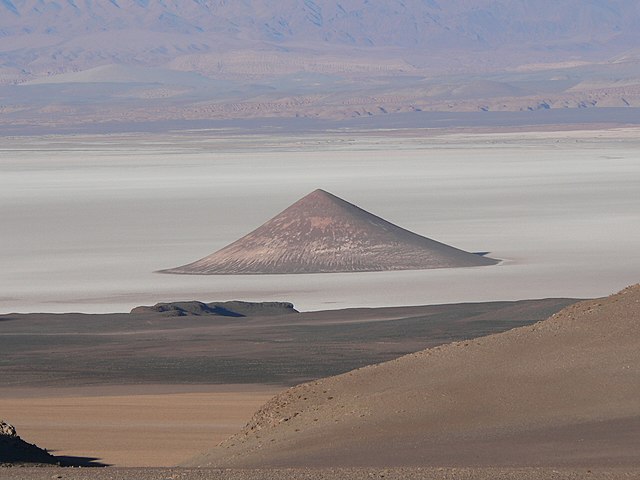Loading AI tools
Natural feature of outstanding or unique value From Wikipedia, the free encyclopedia
A natural monument is a natural or cultural feature of outstanding or unique value because of its inherent rarity, representative of aesthetic qualities, or cultural significance.[1] They can be natural geological and geographical features such as waterfalls, cliffs, craters, fossil, sand dunes, rock forms, valleys and coral reefs. Locations important to faith groups may be considered natural monuments. Archeological and historical sites linked to the natural environment are also included, such as cave art.[2] This is especially true when relevant to the land of Indigenous Peoples.


Under the International Union for Conservation of Nature and Natural Resources[3] guidelines, natural monuments are level III, described as:
This is a lower level of protection than level II (national parks) and level I (wilderness areas).
The European Environment Agency's guidelines for selection of a natural monument are:[4]
Seamless Wikipedia browsing. On steroids.
Every time you click a link to Wikipedia, Wiktionary or Wikiquote in your browser's search results, it will show the modern Wikiwand interface.
Wikiwand extension is a five stars, simple, with minimum permission required to keep your browsing private, safe and transparent.